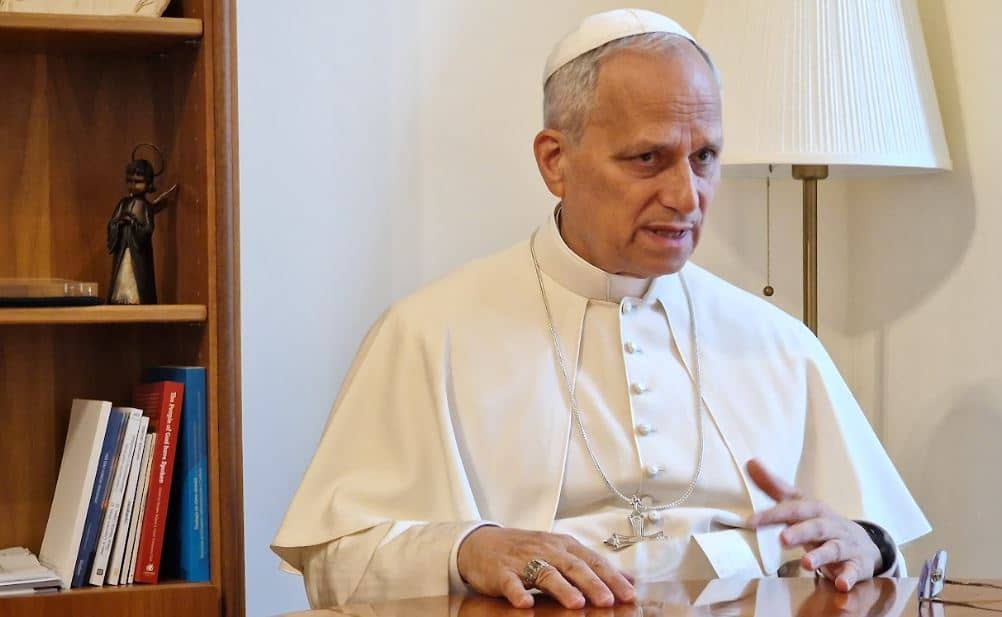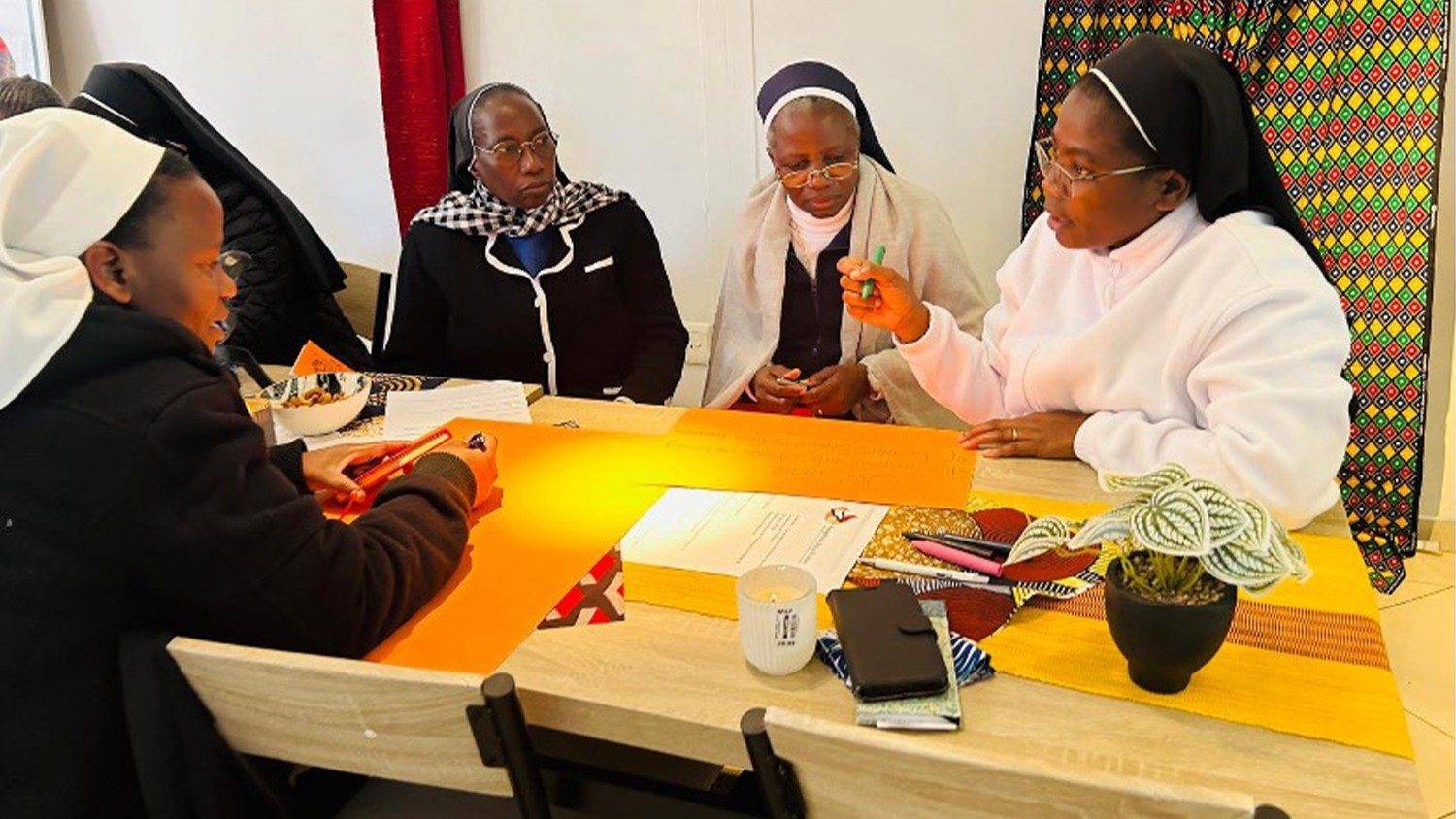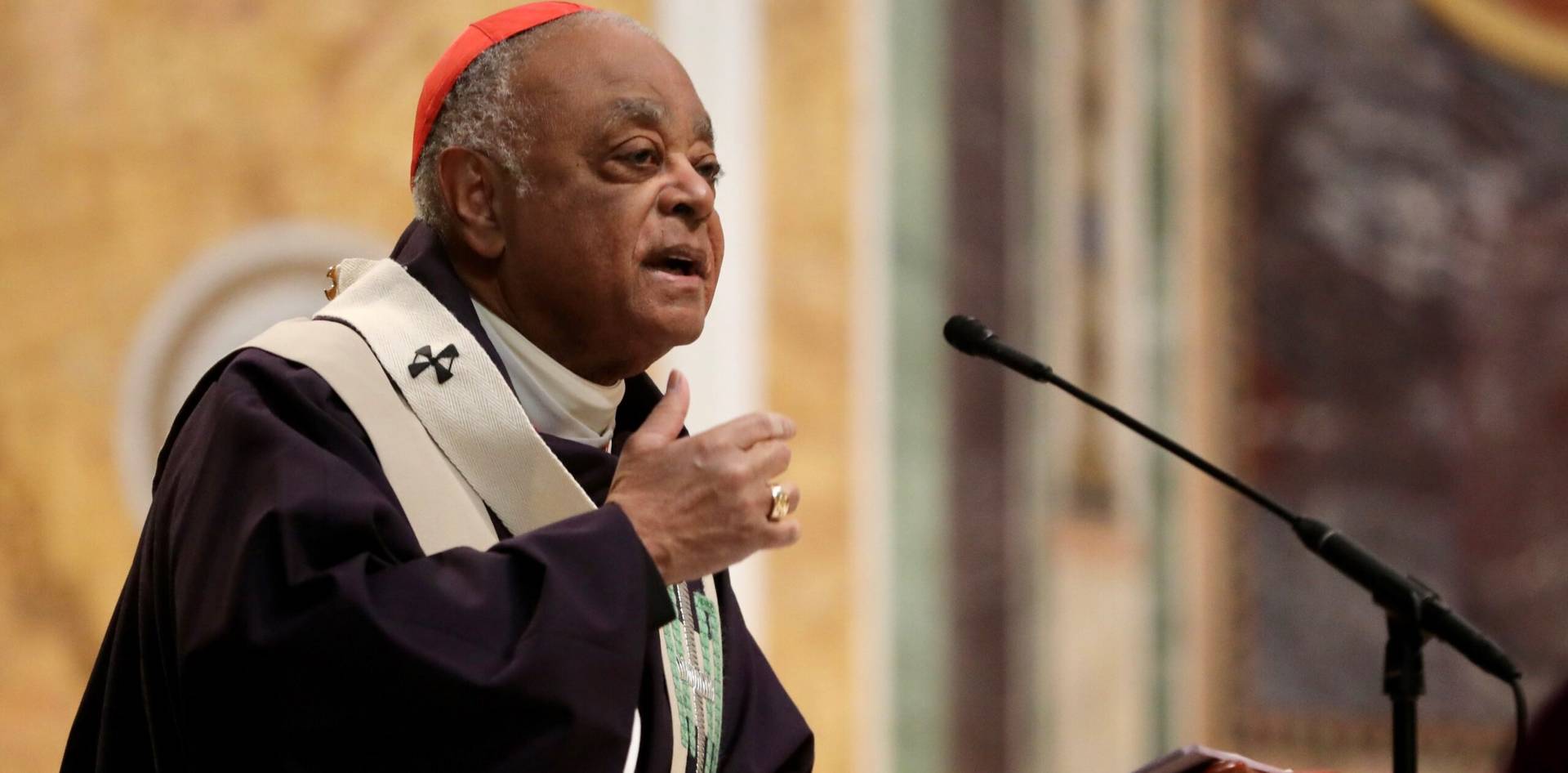[Editor’s Note: Stephen Bullivant is Professor of Theology and the Sociology of Religion, and Director of the Benedict XVI Centre for Religion and Society, at St Mary’s University, Twickenham. He holds doctorates in Theology (Oxford, 2009) and Sociology (Warwick, 2019). His most recent books are: Catholicism in the Time of Coronavirus (Word on Fire, 2020), Mass Exodus: Catholic Disaffiliation in Britain and America since Vatican II (OUP, 2019), and Why Catholics Leave, What They Miss, and How They Might Return (Paulist, 2019; co-authored with C. Knowles, H. Vaughan-Spruce, and B. Durcan). He spoke to Charles Camosy.]
Camosy: The set of people who hold doctorates in both sociology and theology has to be quite small, but this background makes you the perfect person one to write a book titled Mass Exodus: Catholic Disaffiliation in Britain and America Since Vatican II. Can you say something about what having a background in both disciplines gives you over another scholar who addresses these issues only from the perspective of theology or only from the perspective of sociology?
Bullivant: Well, obviously, I like to think that you’re right. Though I can’t claim that ending up as a theologian-sociologist is the culmination of some grand plan. First of all, I fell into theology. I went to university as an 18-year-old as an atheist studying archaeology, and came out seven years later as a very-recently baptized Catholic with a doctorate on dogmatic theology.
Since my thesis was on Vatican II’s engagement with atheism (shout out to Gaudium et Spes 19-21 and Lumen Gentium 16), I’d already begun being interested in the sociology of secularity. I figured if I was going to theologize about something, I ought to make a proper attempt to understand it ‘on its own terms’ (so to speak). This was around the time when topics like the New Atheism and the ‘the rise of the nones’ were causing interest, so it was an opportune moment to be ‘getting in on the ground floor’ of a new wave of social-scientific interest in the area.
I started researching and writing bits and piece of sociology – like a kind of nineteenth century ‘gentleman amateur’ – alongside my theology. And actually, it’s such a good disciplinary fit. A theologian interested, as I always was, in topics like the new evangelization, or apologetics, or Catholic Social Teaching, is always going to be drawing on findings and insights from the social sciences. So, to be able to do some of that research oneself, and to really be able to look at things ‘like a sociologist’, is really helpful and helps to keep things interesting – for me, if not necessarily for anyone else!
But just as importantly, that works both ways. There’s a whole ongoing debate with sociology about insiders/outsiders, which in practice often gets very selectively applied. What I mean by that is that, say, a Mormon scholar studying Mormonism (and there are lots of excellent ones) is probably always going to have people raising questions about their ‘ability to be objective.’ But in plenty of other spheres, being an insider is taken as a mark of authenticity and realness: No one would dream of suggesting that only men can ‘objectively’ study the sociology of womanhood, or only so-called ‘cishet’ folks have sufficient ‘critical distance’ to study LGBTQ subcultures. And rightly so. My own view is that ‘insiders’ and ‘outsiders’ both bring different things to the party. There are plenty of nonreligious sociologists who write on Christianity, and my own work owes much to many of them. But I it’s also healthy for the sociological ‘eco-system’ for there to be sociologists who actually know what it’s like to believe and practice this stuff too. (This is partly why some of my sociological heroes are people like Christian Smith, Mark Regnerus, and – a non-Catholic – Rodney Stark.) And it’s also healthy, I hope, for there to be at least one who can write a book with a title like The Trinity: How Not To Be a Heretic (Paulist, 2015).
Now the above two paragraphs might seem like ‘the scenic route’ towards actually answering your question. But Mass Exodus is a book where, I like to think, being both ‘fully theologian and fully sociologist’ (with apologies to Chalcedon) really proves its worth. The guiding focus is to explain the huge uptick in Catholic disaffiliation – that is, people brought up Catholic who not only don’t practice the Faith, but have become so distant from the Church that they no longer even tick the ‘Catholic’ box on surveys – over the past fifty, sixty years. In Britain, a little over half of cradle Catholics still identify as Catholics; in the USA, it’s a third (and growing).
Of course, in order to explain that phenomenon, you also have to explain a great deal else besides. Given how important Vatican II is for understanding (or misunderstanding) pretty much anything that happened in the Catholic world in the second third of the twentieth century onwards, then it’s no surprise that it features heavily here too. And you can’t fully understand Vatican II’s effects, intended or otherwise, without comprehending the Council on its own terms – and they, of course, are primarily theological and doctrinal ones. That’s why, for example, I spend a lot of time in the book on an exegesis of Sacrosanctum Concilium, which I argue is a fundamentally neo-evangelistic work (albeit many years before we had the term ‘new evangelization’) in its inspiration and intention. In terms of my overall argument in the book, that ends up being a critical piece of the puzzle. But it’s not one I’d have made – or been able to make – had I not spent several years of my twenties digging about in Vatican archives, or poring over the transcripts of conciliar debates in the Latin Acta, as a doctoral student in theology.
What’s the bottom line? Can you give a succinct summary of your thesis? Why have so many fallen away from the Church since Vatican II?
Prior to Mass Exodus, it’s fair to say that there were three main ‘explanations’ doing the rounds. The following are caricatures, but I suspect largely recognizable ones.
- All Vatican II’s fault: We abandoned Tradition, messed up the liturgy, and messed about sewing felt banners rather than, you know, teaching the Faith,
- Vatican II was truly a new Pentecost, but its true intentions were undermined – not least by a conservative crackdown, beginning with Humanae Vitae, and then by repressive attempts ‘to turn-back-clock’ by John Paul II and Benedict XVI.
- There’s no Catholic specific story to tell at all. Secularization, caused by all sorts of wider social and cultural currents, has impacted all major denominations – many much worse than Catholicism, in fact. This or that change to the liturgy, or tweaking doctrine here or there, has no real effect in the long run.
Each of the three, in my view, have a fair bit going for them – that’s why each of the ‘camps’ can claim serious, significant scholars and commentators in their corner. But I don’t think any one, on its own, stands up to scrutiny. What I tried to do in Mass Exodus was to offer a much more nuanced, three-dimensional account of what went wrong and why.
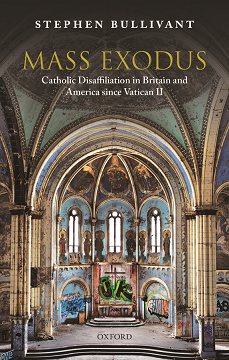
‘It was a combination of factors’ probably sounds like a limp cop-out, if I put it like that. But the truth is, it was. The fact is a lot of separate things all came together at once, and interacted. One major theme that comes out, for example, is the role of the Baby Boomers as a watershed generation. For all sorts of reasons, not least that there were so many of them, and were brought up in a very different world to their parents, the Boomers were always going to ‘come of age’ in a somewhat lively way. Catholic writers, serious people like Andrew Greeley, were already beginning to fret about a significant ‘generation gap’ by the late fifties. The critical developmental period that we now call ‘emerging adulthood’ – late teens, early twenties – is a turbulent moment at the best of times. For the early Boomers, that basically coincided with the 1960s. If you had to pick a decade in the past 500 years that was as far from normal, all-other-things-beings-equal ‘laboratory conditions’ then the 1960s would be pretty low in your list. And yet, that was when the Church suddenly undertook this vast, irreversible, and (at the local level) largely uncontrolled pastoral and liturgical experiment. So, with the glorious benefit of hindsight, it’s not really surprising that the results have been rather, er, ‘mixed.’
That’s just one of the various threads I weave together, of course. But I think it’s an important, especially given the generational dimension to much religious change.
That reforms were needed I think is fairly incontrovertible: As I show in the book, even in America serious cracks were starting to show in the 1950s. (And they were really starting to hit hard in places like France, Belgium, Germany, Italy – not coincidentally, where many of the most influential experts and bishops at Vatican II were from.) But that doesn’t mean to say that those that happened were automatically the right ones, at the right time, rolled out in the right way.
I find the Vatican II debates so toxic that I rarely engage in them anymore. It seems as if one must either believe (1) Vatican II is the greatest thing the Church has ever accomplished and didn’t go far enough or (2) Vatican II is when everything started going off the rails and its teaching might not even be authoritative for faithful Catholics. Would you agree with me that your analysis is much more nuanced and measured?
Well, I sure do – and most readers would, I think it’s fair to say, agree. (Which is not to say that they all agree with every aspect of the analysis itself.) You’re right about the toxicity. If I’ve one big hope for the book it’s that the book will move the debate on significantly. To return to the three caricatured ‘camps’ above, I end up agreeing with all of them to some extent: As I half-joke in the book, there’s plenty of disaffiliation to go around. But what the book does in the final four chapters, is try to construct a plausible (and readable!) narrative of how all the various factors ‘played out’ in real life.
Maybe my twin background helps here too. I mean, as a dogmatic theologian I take the ecclesial import, and authority of, an Ecumenical Council supremely seriously (as, I might add, I do all prior and future Ecumenical Councils too: I’m firmly in the Benedict XVI ‘reform-in-continuity’ school here.) But as a sociologist I can’t ignore the very real evidence, of all kinds, that the Council – in Britain and the USA at least – hasn’t exactly brought about everything it hoped to. As I note in the book, the Council sets itself quite a high bar for ‘what success looks like’ and I don’t think we do it any justice to the Council at all by pretending that our present situation is quite what it had in mind.
I make a point in the book’s epilogue that even some of the greatest Councils failed, in terms of what they set out to achieve. Nicaea didn’t exactly solve the Arian controversy. Last time I checked, Trent hadn’t managed to quell Protestantism either. That might sound glibly irreverent – gallows humor is a weakness of mine, I’m afraid. But it’s also a serious point.
Again, you are at pains to point out that the problem is culture, and disagreements over single issues are rarely the problem for those who choose to disaffiliate with the Church. But perhaps especially for those who work with people at risk for disaffiliation, and for parents who would like to raise their children Catholic in a broader culture which is largely hostile, are there particular issues which the data show are key to address?
As I mentioned above, religious change – decline, in this case – is largely a generational matter, at least at the big-picture level. We’re now reaping the harvest of two or three generations that have found it successively harder to pass on Catholicism onto their own children: And that harvest is a lot of nones.
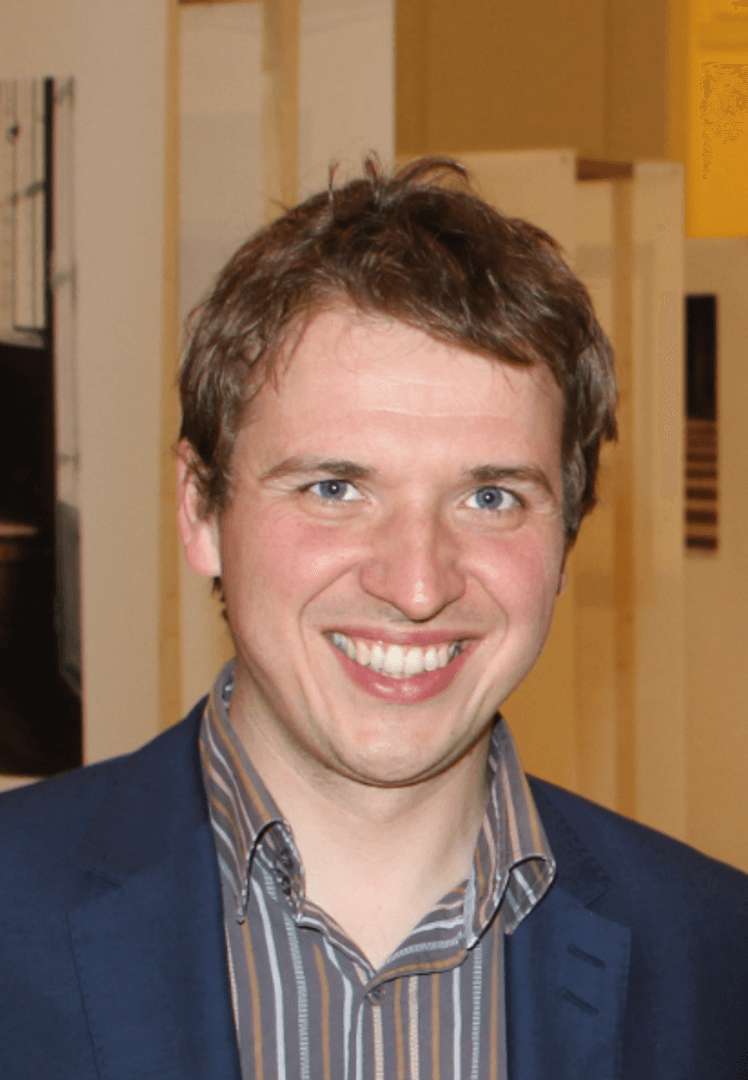
Solving the ‘transmission crisis’ is the most crucial task of the New Evangelization: That’s something I’ve been banging on about for some years now. No realistic amount of bringing new people in, or bringing the old people back, will make up for the numbers we’re shedding. And as you say, there’s a bigger societal context to take an account here. In fact, that’s the topic of a book I’m working on at the moment: Nonverts: The Making of Ex-Christian America(ns) (due out with Oxford University Press in late 2021, or perhaps early 2022).
‘How to buck the trend’ of course is the million-dollar question – including for me, as a dad. There’s a whole other book to write on this topic (funnily enough…). But I think my two, sociologically-informed tips would be:
- Religious practice in the home and as a family (including bothparents). This is the single biggest predictor of whether a child ends up as religious practicing adult, and there’s a whole social-scientific literature (which I discuss in Mass Exodus) around why. Basically, anything that you do becauseof what you believe, that you wouldn’t do if you didn’t believe, helps to inculcate the importance of those beliefs. Things that take time and effort – even really little things like grace before meals, praying when an ambulance passes – have a large cumulative power and effect.
- Community. Fact is, we’re social beings, and we find it easiest to believe and practice when we hang out with ‘significant other’ who do so too. This is something we used to do very well, but – outside of very special locales, we’re not going back to the kinds of neighborhood parishes, where all or most of one’s neighbors are fellow Catholics. Such places aren’t absolutely impossible – Ave Maria, Florida, would be a thriving example – but they’re not really a scalable strategy. So the trick is to find various ‘hacks.’ No doubt there are things we could learn from both Mormons and megachurches on this score: Both tend to do it better than we do. But really, anything we can do to enable committed Catholics hanging out with other committed Catholics – and such families with other such families – is a plus. Think of it as a mini ‘Benedict Option’ (cf. Rod Dreher’s great book).







